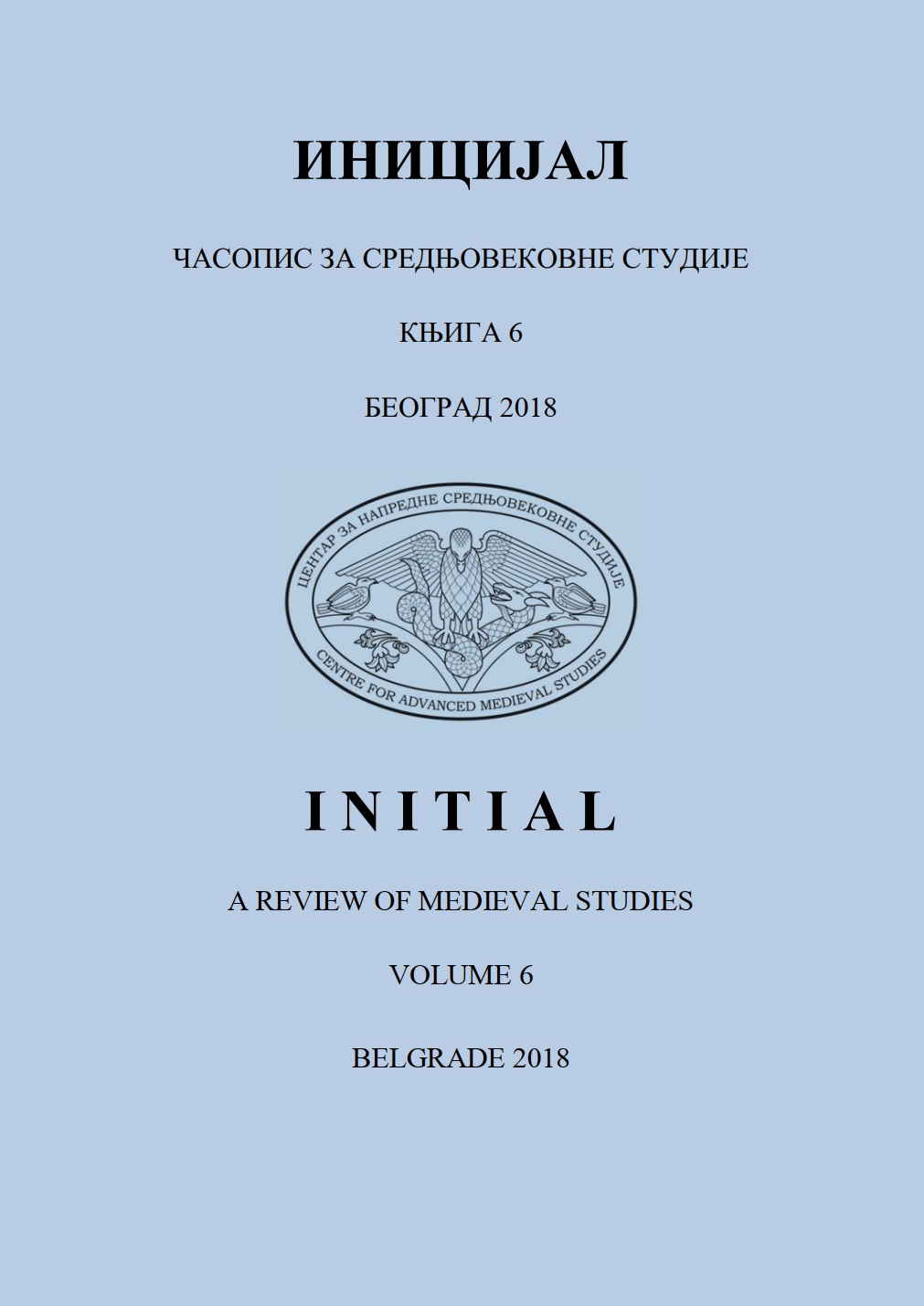Образы животного мира в письмах навпактского митрополита Иоанна Апокавка к эпирскому правителю Феодору I Дуке (1215–1230)
Images of the Animal World in the Epistles of John Apokaukos, Metropolitan of Naupaktos, to Theodore I Doukas (1215–1230)
Author(s): Sergey Aleksandrovich DenisovSubject(s): History, Middle Ages, 13th to 14th Centuries
Published by: Центар за напредне средњовековне студије
Keywords: Byzantine Empire; literature; Principality of Epirus; epistles; animal world
Summary/Abstract: The article is devoted to the images of animal world, which were used in Byzantine society during the political controversy of the years 1215–1230. The essence of dissension was the claim of Theodore I, ruler of the Principality of Epirus, on emperor’s title. His endeavour was supported by the Epirote clergy, but disputed by representatives of the Nicean Empire. Animal images that were used in the debate are to be found in the epistles of John Apokaukos, metropolitan of Naupaktos, to Theodore I. Some of the most utilized images (e.g. eagle, lion, sparrow, mule) were applied to underline the greatness of Epirote ruler, the weakness and/or submission (sparrow and mule), as well as the impiety (lion) of his principal antagonists – the crusaders. The same can be stated for the symbolics used in the epistles of other representatives of the Epirote clergy: Demetrios Chomatianos, the Archbishop of Achrida, and George Bardanes, the Metropolitan of Kerkyra. At the same time, the metaphor of lion was used in the epistle of Demetrios Chomatianos as a positive symbol of emperor, which was caused by the multifaceted meaning of this notion. In the epistle of George Bardanes to the Ecumenical Patriarch Germanos II (1223–1240) the image of chameleon was used in order to indicate inferiority of the Nicean emperor, John III Doukas Vatatzes (1222–1254) compared to the lionlike greatness of Theodore I. Animal imagery was also actively used in the Nicean Empire, but there, some other kinds of animals (wolf, snake, magpie) were indicated as Emperor’s antagonists. All these examples testify to the fact that images of animals preserved its significance and even obtained new meaning during the political controversy of the first half of XIII century.
Journal: Иницијал. Часопис за средњовековне студије
- Issue Year: 2018
- Issue No: 6
- Page Range: 9-22
- Page Count: 14
- Language: Russian

